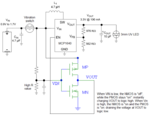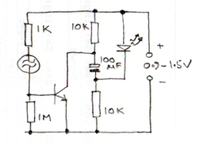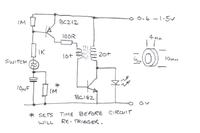neazoi
Advanced Member level 6

- Joined
- Jan 5, 2008
- Messages
- 4,157
- Helped
- 13
- Reputation
- 26
- Reaction score
- 15
- Trophy points
- 1,318
- Location
- Greece
- Activity points
- 37,198
I am trying to fool the thing a bit, This is an incomplete schematic.
UPDATE
I think that this page https://courseware.ee.calpoly.edu/~dbraun/courses/ee307/F02/02_Sales/section02_bruce_sales.html explains well what a solution could be.
I am also posting the final schematic. The only power drawn by the battery is the leakage of the off-state mosfet and the internal leakage of the EN pin of the ic. I guess it would be in the uA scale.
What do you think of it?







